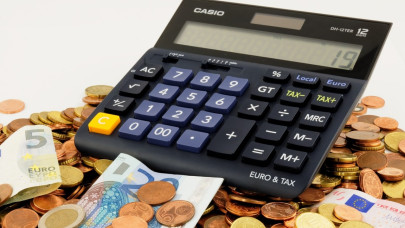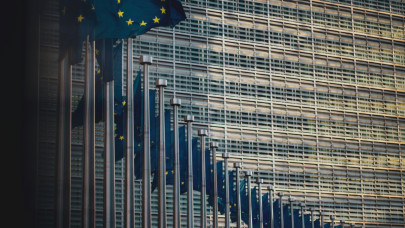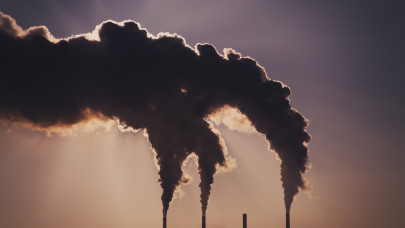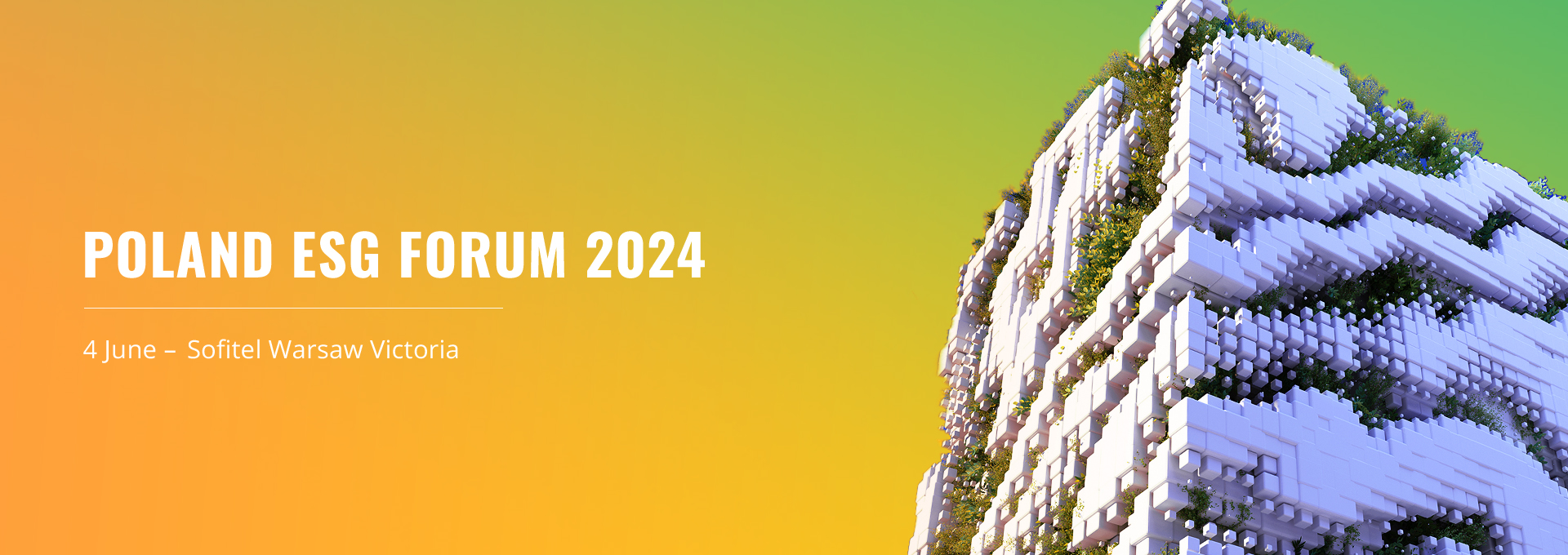These rules clarify which manufacturing projects can benefit from fast-tracked permitting, strategic status, and the use of non-price criteria in public procedures. The goal is to boost production of net-zero technologies that cut greenhouse gas emissions and enhance the global standing of the EU's clean tech sector.
The adopted measures include:
1. List of Components for Net-Zero Technologies
A new act specifies the components considered essential for net-zero technologies under the NZIA, clarifying the scope of the regulation and supporting targeted support for these products.
2. Non-Price Criteria in Renewable Energy Auctions
The Commission set out rules allowing Member States to apply non-price criteria—such as sustainability, cybersecurity, and responsible business conduct—in auctions for renewable energy. From 30 December 2025, at least 30% of auction volumes (or 6 GW annually per country) must incorporate these criteria, aiming to reward innovation and quality over price alone.
3. Identification of Key Components for Market Access Rules
A second list defines the final net-zero products and key components subject to the resilience criterion. In procurement and renewable auctions, public authorities will have to factor in supply chain resilience when choosing suppliers—going beyond price alone, especially when there is a high dependency on a single source.
4. Communication on EU Supply Shares
The Commission also published a Communication mapping the EU's sources for net-zero technologies. This transparency supports the application of the resilience criterion and helps Member States assess whether a project qualifies for strategic status.
5. Common Criteria for Strategic Projects
To ensure uniformity in how Member States recognize “strategic projects,” the Commission adopted common criteria. These projects benefit from fast-tracked permitting and support. An EU-level application platform has been made available to reduce administrative burdens and guide applicants through requirements like innovation level, technological advancement, and manufacturing capacity.












